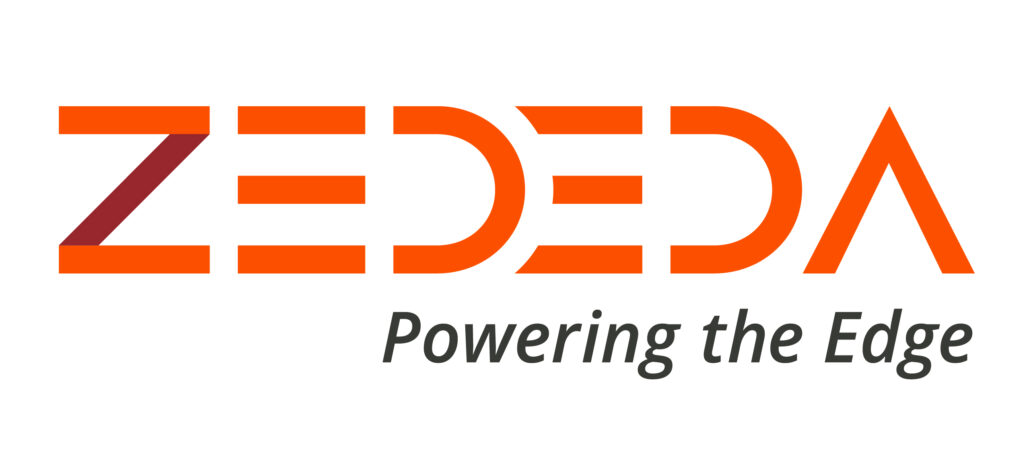
“Bangui Windmills” by Paolo Dala (CC BY-SA 2.0)
The breadth of IT responsibilities was evident across both the agenda and exhibitor hall at the recent Gartner Catalyst event in San Diego. Networking, security, application development, disaster recovery, and cloud are just a few of the topics with which IT teams are currently grappling. And now, with the explosion of IoT driving the need to bring processing and analysis capabilities closer to where data is created, IT has to determine how to plan, deploy, and manage this new edge infrastructure as well.
And just what is the edge? Gartner defines the edge as “the intersection where the physical and digital worlds meet,” and it’s often very close to the physical world. The edge for one organization might be different from another, and as attendees at the Catalyst event heard, this diversity is one of the elements that makes IT’s job so challenging. In fact, analyst Erik Heidt says that complexity is the number one issue with which the customers he speaks are struggling as they architect their IoT projects.
Heidt was speaking in a session called “Getting Started with Internet of Things (IoT): Leverage Architecture to Manage Complexity,” and he said that understanding IoT architecture is the key to solving the complexity of these projects and truly harnessing IoT’s power. Only a few years ago, Heidt said, the assumption was that most IoT projects would be relatively new installations, but in reality, it’s been the opposite. There’s a very large existing brownfield, with a small amount of new deployments. This creates a large integration effort for IT to identify existing devices and determine the best way to incorporate them into the larger effort. And there’s an additional complication: many of these projects will be isolated within different organizational units, forcing IT to navigate human silos as well as technological ones.
Beyond complexity, Heidt said there are three other key challenges IT faces in their IoT projects:
Talent: There is a demand gap today for the amount of individuals who have the IoT experience that organizations need. Heidt suggested that organizations can help solve for this by working across business units, leveraging individuals from different parts of the enterprise, and will likely manage to pull together about 80% of the required skills.
Security: Without a traditional perimeter to defend and with the scale of IoT creating a large and expansive attack surface, the edge requires IT to implement security methods that can ensure device, software, and network integrity in locations that may be physically unattended.
Sprawl: Edge infrastructure extends to any intersection between digital and physical worlds, and as IoT projects expand within organizations, this can result in distributed, siloed systems that are difficult to manage, inefficiently use organization resources, and may be outside the purview of IT.
So, how do organizations navigate these issues and successfully implement their IoT projects? IoT is ultimately about business decisions, said Heidt, and IT must first understand the business needs driving the project: what is the problem that needs to be solved? By understanding the problem, IT can begin to identify the specific requirements that must be met, such as the speed of decision making, the type of data and its scope, and if there are any particular privacy or security issues. It’s only once these items are understood that the IoT architecture for the project can be defined.
It may seem obvious, but defining the right architecture is critical for an IoT project’s success. There are three distinct parts of an IoT solution (the edge, which includes sensors and gateways; the IoT platform, which includes data ingestion and analytics; and the enterprise, which includes existing business processes and applications) and organizations should build an architecture that can meet high compatibility and service quality needs. Solutions that are decentralized or difficult to manage will introduce unnecessary complexity and absorb resources. Compatibility is particularly important, because without it, an organization can end up with IoT projects that are locked within embedded silos, sprawling across the organization’s landscape and forcing IT to manage each individually.
Discussions of compatibility also need to consider the enterprise part of an IoT solution. According to Heidt, one of the areas that causes projects to falter is the lack of attention paid to integrating enterprise processes and applications into the overall solution. Heidt said that over 60% of the total IoT project timeline is spent on enterprise integration, and over 40% of organizations have issues with this. And with such a large installed brownfield, the vast majority of systems and processes that must be integrated are already in use within the environment, creating a complicated landscape that must be well thought through.
Ultimately, successfully implementing IoT projects isn’t a matter of IT simply recreating what they’ve built in the data center at the edges of their organizations. Instead, it involves grappling with an entirely new paradigm, where instead of moving data centrally for analysis and processing, data will be born, live, and some of it will die on the edge. But by first clearly defining business needs, then employing a secure, flexible architecture able to meet the necessary technical requirements, and then ensuring enterprise processes and applications are fully integrated, organizations can recognize tremendous business value from these projects.




